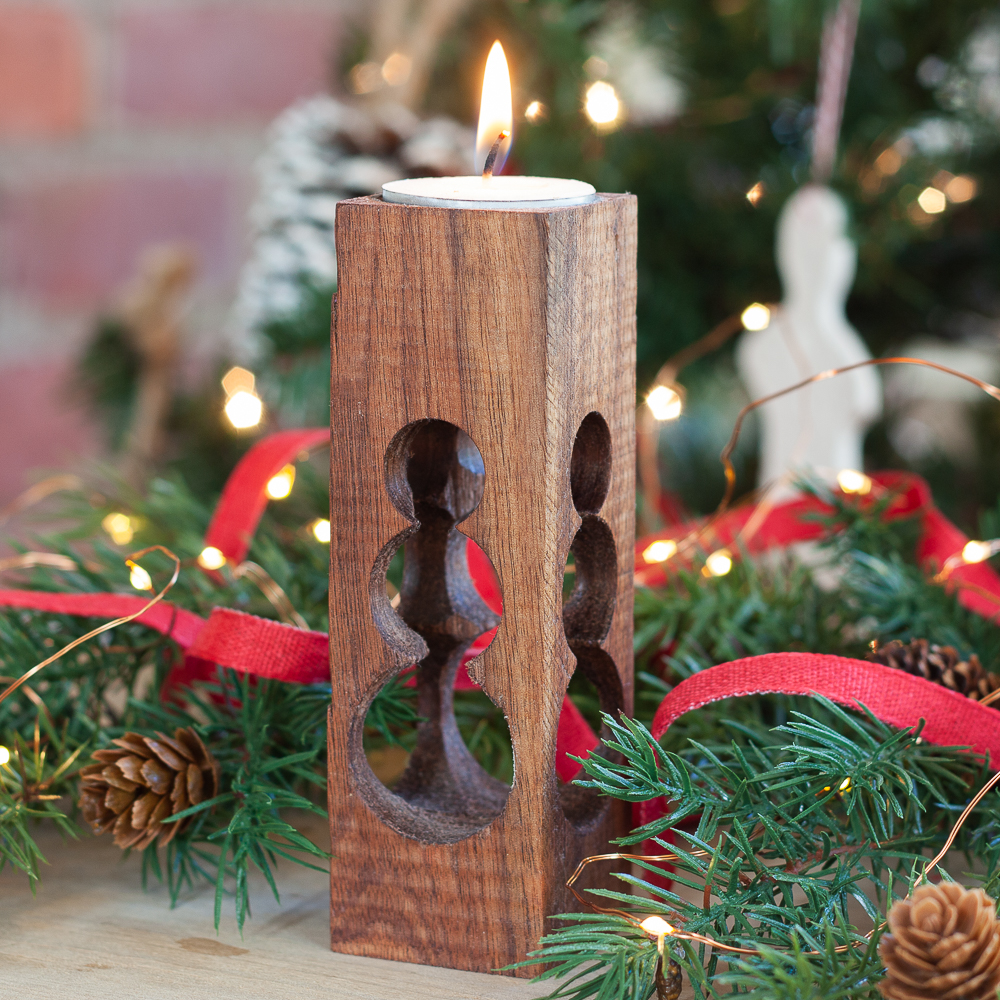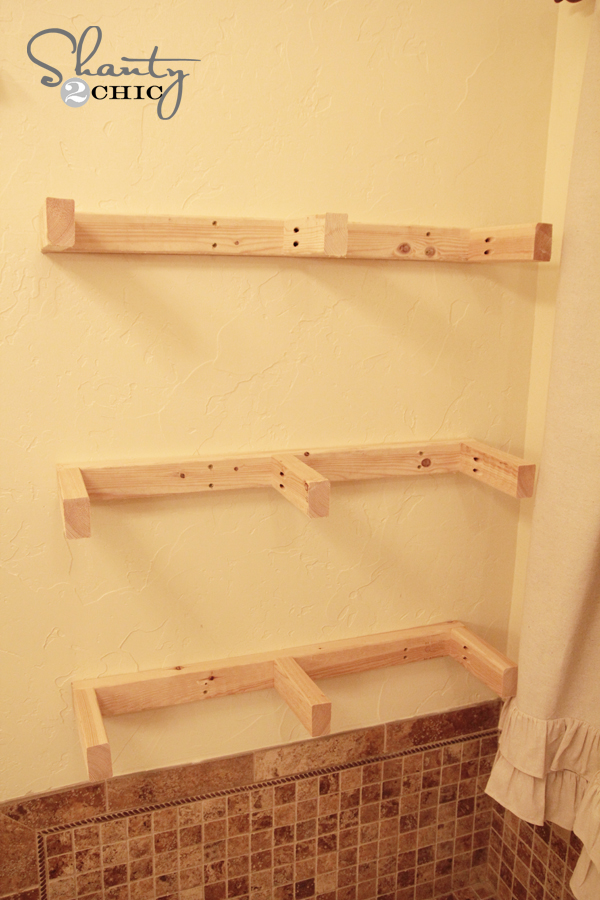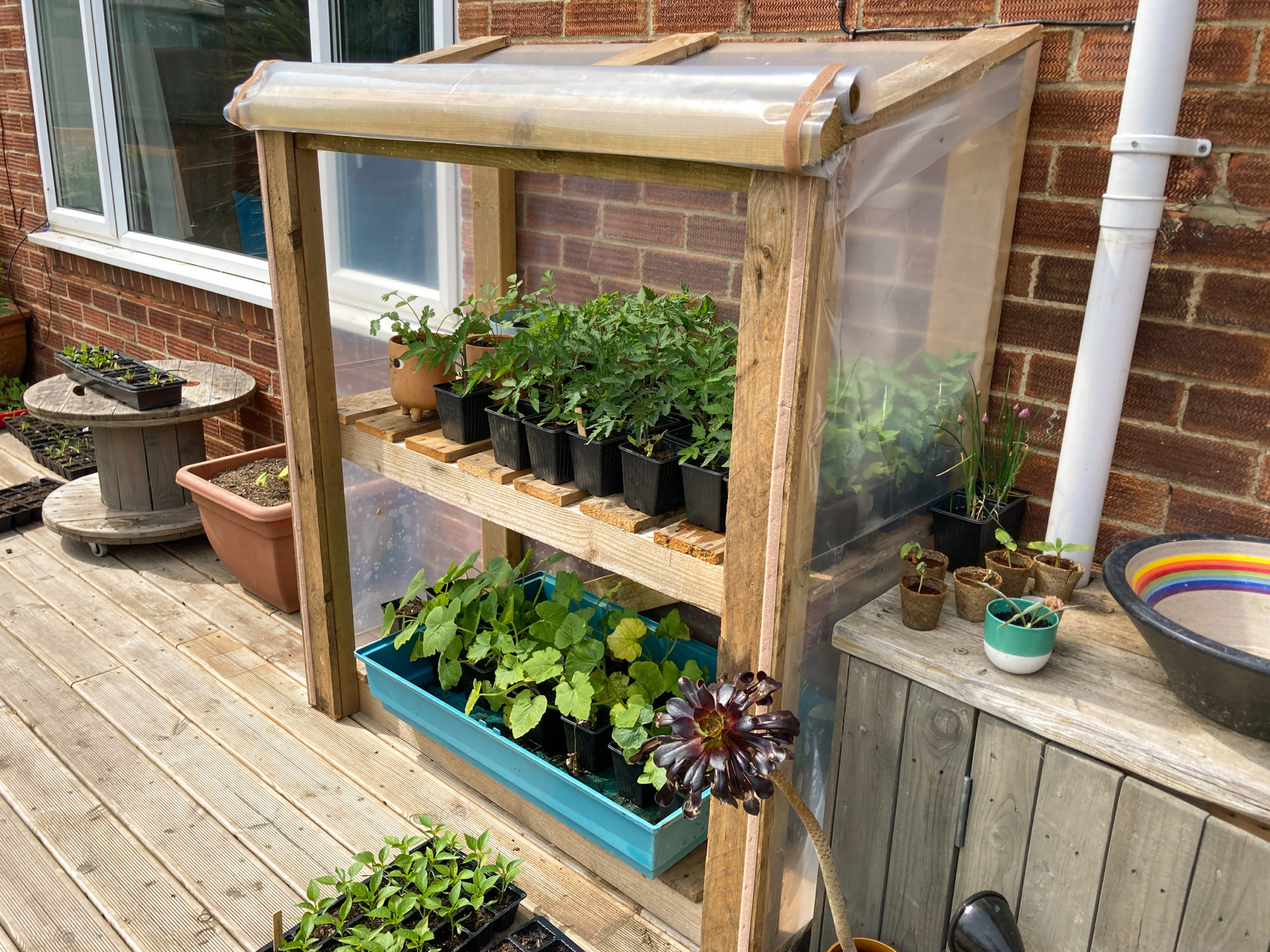Dado Cuts vs. Grooves: Understanding the Difference
Dado Cuts vs. Grooves: Understanding the Difference
In the realm of woodworking, precision and accuracy are paramount. Achieving these goals often relies on the proper execution of cuts and grooves. Two frequently encountered terms that may seem synonymous, yet hold distinct meanings, are dado cuts and grooves. This article aims to clarify the differences between these two woodworking techniques, exploring their applications, advantages, and limitations.
Understanding Dado Cuts
A dado cut, also known as a dado joint, is a rectangular groove or slot cut across the width of a piece of wood. It is typically used to accommodate the thickness of another piece of wood, creating a strong and secure joint. The depth of a dado cut is designed to match the thickness of the material being inserted, ensuring a tight fit.
Types of Dado Cuts
Dado cuts can be classified into several types, each serving a specific purpose:
- Through Dado: This type of dado cut extends completely through the width of the wood, creating a channel for inserting another piece of wood.
- Stopped Dado: As the name suggests, a stopped dado cut is stopped before reaching the end of the wood, creating a groove with a defined length. This is particularly useful for creating shelves or other structural elements within a larger piece of wood.
- Blind Dado: In a blind dado cut, the groove is made without completely passing through the wood, creating a concealed joint. This type of cut is often used for creating drawers or other hidden features.
Applications of Dado Cuts
Dado cuts find widespread application in various woodworking projects, including:
- Cabinet Construction: Dado cuts are essential for creating strong and stable joints in cabinet construction, especially for shelves, drawer sides, and back panels.
- Furniture Making: Dado joints are commonly used in furniture construction to create sturdy and aesthetically pleasing joints for legs, drawers, and other components.
- Picture Frames: Dado cuts can be utilized to create picture frame rabbets, which provide a recess for the glass and artwork.
- Moulding Applications: Dado cuts can be employed to create slots for installing moulding or trim, enhancing the visual appeal and functionality of a project.
Exploring Grooves
In contrast to dado cuts, a groove refers to a linear indentation or channel cut into the surface of wood, typically running along the grain. Unlike dados, grooves are usually narrower and shallower, serving a variety of purposes. Grooves are often used to create a decorative effect, provide a channel for routing cables, or create a smooth surface for sliding objects.
Types of Grooves
Grooves can be classified into different types based on their shape and purpose:
- Rabbet Groove: A rabbet groove is a rectangular groove cut along the edge of a piece of wood, typically used for creating a joint for joining two pieces of wood at a right angle.
- Bead Groove: A bead groove features a rounded or semi-circular profile, often used for decorative purposes or to create a channel for sliding a door.
- Tongue and Groove Joint: This type of groove involves cutting a protruding tongue on one piece of wood and a corresponding groove on another piece. When joined, the tongue fits into the groove, creating a tight and strong connection.
Applications of Grooves
Grooves are widely used in various woodworking projects, including:
- Flooring Installation: Tongue and groove joints are a standard feature in flooring installation, allowing for the seamless connection of individual boards.
- Paneling: Grooves are often incorporated into paneling to create a visually appealing and cohesive design, while also providing a space for running wires or cables.
- Door and Window Frames: Grooves are commonly used to create channels for installing glazing beads or weather stripping in door and window frames.
- Furniture Design: Grooves can be used to create decorative details in furniture, such as chair rails, table legs, or drawer fronts.
Key Differences Between Dado Cuts and Grooves
While both dado cuts and grooves involve cutting channels into wood, they differ significantly in their shape, size, and purpose. Here's a breakdown of the key distinctions:
- Shape: Dado cuts are rectangular grooves, while grooves can be rectangular, rounded, or have other profiles.
- Size: Dado cuts are typically wider and deeper than grooves, designed to accommodate the thickness of another piece of wood.
- Purpose: Dado cuts primarily serve as joints for connecting pieces of wood, while grooves are more versatile, used for decorative elements, cable routing, or creating sliding surfaces.
Tools for Creating Dado Cuts and Grooves
Both dado cuts and grooves can be created using a variety of tools, depending on the project requirements and the level of precision desired. Some common tools include:
- Table Saw: A table saw equipped with a dado blade is ideal for creating dado cuts, especially for large or precise projects.
- Router: A router can be used to create dado cuts and a wide range of grooves by using various router bits.
- Hand Router: A hand router offers greater flexibility for creating dado cuts and grooves in awkward or tight spaces.
- Dado Stack: A dado stack is a set of stacked blades designed specifically for cutting dado cuts on a table saw.
- Groove Cutter: A groove cutter is a specialized router bit designed to create grooves with a specific profile.
Advantages and Limitations of Dado Cuts and Grooves
Both dado cuts and grooves have their own advantages and limitations, depending on the specific application. Understanding these aspects can help you choose the best technique for your project.
Advantages of Dado Cuts
- Strong and Secure Joint: Dado cuts create a strong and secure joint, especially when used in cabinet construction or furniture making.
- Aesthetically Pleasing: Dado joints can enhance the visual appeal of a project, providing a clean and professional look.
- Versatility: Dado cuts can be used for a wide range of applications, from creating shelves to installing molding.
Limitations of Dado Cuts
- Requires Specialized Tools: Creating dado cuts often requires specialized tools like a table saw or dado stack, which can be expensive.
- Can be Time-Consuming: Depending on the size and complexity of the dado cut, creating it can be time-consuming.
- Potential for Tear-Out: If not done properly, dado cuts can result in tear-out, especially in soft woods.
Advantages of Grooves
- Versatility: Grooves can be used for a wide range of applications, from decorative elements to cable routing.
- Easy to Create: Grooves can be created using various tools, including routers, hand routers, and groove cutters.
- Aesthetic Appeal: Grooves can add visual interest to a project, enhancing its overall design.
Limitations of Grooves
- May Not Be As Strong as Dado Cuts: Grooves are typically not as strong as dado cuts, especially for structural applications.
- Limited Depth: Grooves are generally shallower than dado cuts, limiting their ability to accommodate thick pieces of wood.
- Can Be Difficult to Cut Precisely: Creating a groove with a consistent depth and profile can be challenging for beginners.
Conclusion
In summary, dado cuts and grooves are distinct woodworking techniques that serve different purposes. Dado cuts create rectangular grooves for creating strong joints, while grooves can be rectangular, rounded, or have other profiles and serve a variety of applications, including decoration, cable routing, and sliding surfaces. Understanding the advantages and limitations of each technique allows you to choose the most suitable method for your woodworking project. By mastering these techniques, you can achieve the desired precision and create stunning and functional woodworking projects.












